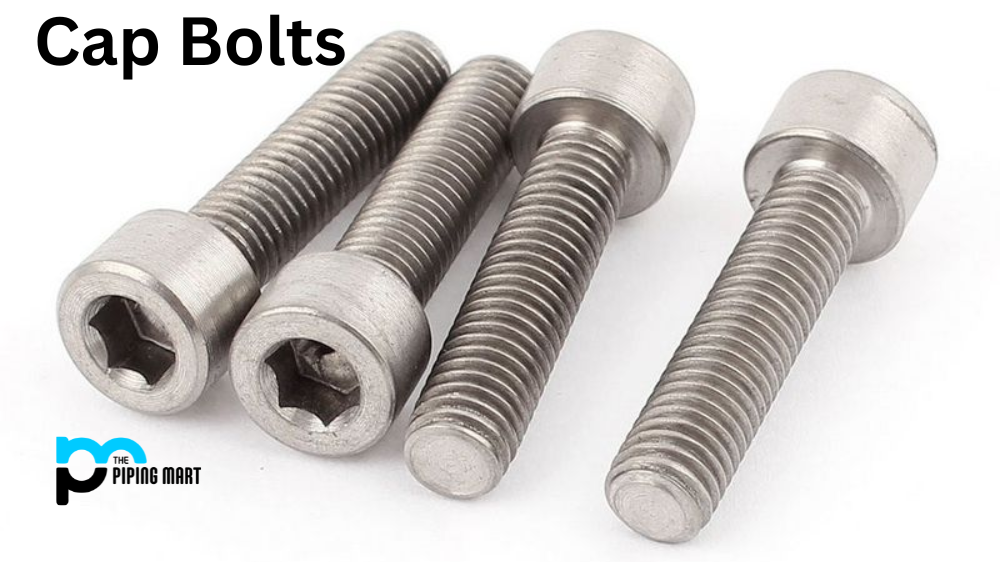Stainless steel is known for its corrosion resistance properties, making it a popular material choice for construction, manufacturing and engineering applications. Despite its durability, stainless steel is not immune to corrosion. Over time, stainless steel can degrade and corrode due to exposure to environmental factors, chemical interactions, and wear and tear. Therefore, it is essential to maintain stainless steel properly to extend its lifespan and ensure optimal performance. This article will provide some of the best practices for maintaining stainless steel and preventing corrosion.
Know the Type of Stainless Steel You Are Dealing With
Stainless steel is classified based on two types: austenitic and ferritic. Austenitic stainless steel contains a high volume of nickel and is commonly used in applications requiring high resistance to corrosion. On the other hand, ferritic stainless steel contains a lower amount of nickel and is often used in high-temperature applications as it can withstand heat better.
Therefore, it is vital to determine the type of stainless steel you are dealing with to know its specific resistance properties and the appropriate maintenance practices. Generally, austenitic stainless steel requires more care and attention to detail than ferritic stainless steel.
Clean Regularly
Stainless steel can easily collect dirt, dust and grime, making it susceptible to corrosion. Regular cleaning is necessary to maintain its appearance and prevent corrosion. Use mild detergent or a specialized stainless steel cleaner, microfiber cloths, and warm water to clean stainless steel. Do not use abrasives, steel wool, or bleach for cleaning, as they can cause scratches and damage to the steel surface.
Avoid Exposure to Harsh Chemicals.
Exposure to harsh chemicals like chlorine, bleach and acids can cause corrosion on stainless steel. If exposed to such chemicals, clean the surface area immediately to minimize the risk of damage. Consider using a protective film or coating to protect stainless steel in high chemical exposure environments.
Check for Signs of Wear and Tear.
Stainless steel can corrode due to physical and chemical damage that can cause cracks or pits. Regular inspection is crucial to identify potential problem areas that can cause corrosion. Checking for wear and tear also helps to detect signs of overexposure to environmental elements like saltwater and humidity.
Oil and Grease on Stainless Steel
Oil and grease can stain and compromise the quality and strength of stainless steel. To maintain its quality and performance, removing oil and grease from the surface of stainless steel when detected is important. Use a specialized cleaner explicitly designed to remove oil and grease safely.
Conclusion:
Stainless steel is a highly durable and resistant material; however, it is not entirely resistant to corrosion. Proper care and maintenance are necessary to keep stainless steel in optimal condition and prevent corrosion. By knowing the type of stainless steel, doing regular cleaning, avoiding exposure to harsh chemicals, doing regular checks for wear and tear, and removing oil and grease, you can increase the lifespan and performance of your stainless steel equipment. Remember, prevention is better than cure; investing time and resources in maintaining stainless steel will save you time and money in the long run. Maintain stainless steel effectively by following the recommended best practices to ensure longevity.
Sakshee is a talented blogger, with a particular focus on the Business and Metal Industry. She is passionate about sharing her insights on various metal products and helping professionals to make a better decisions.



